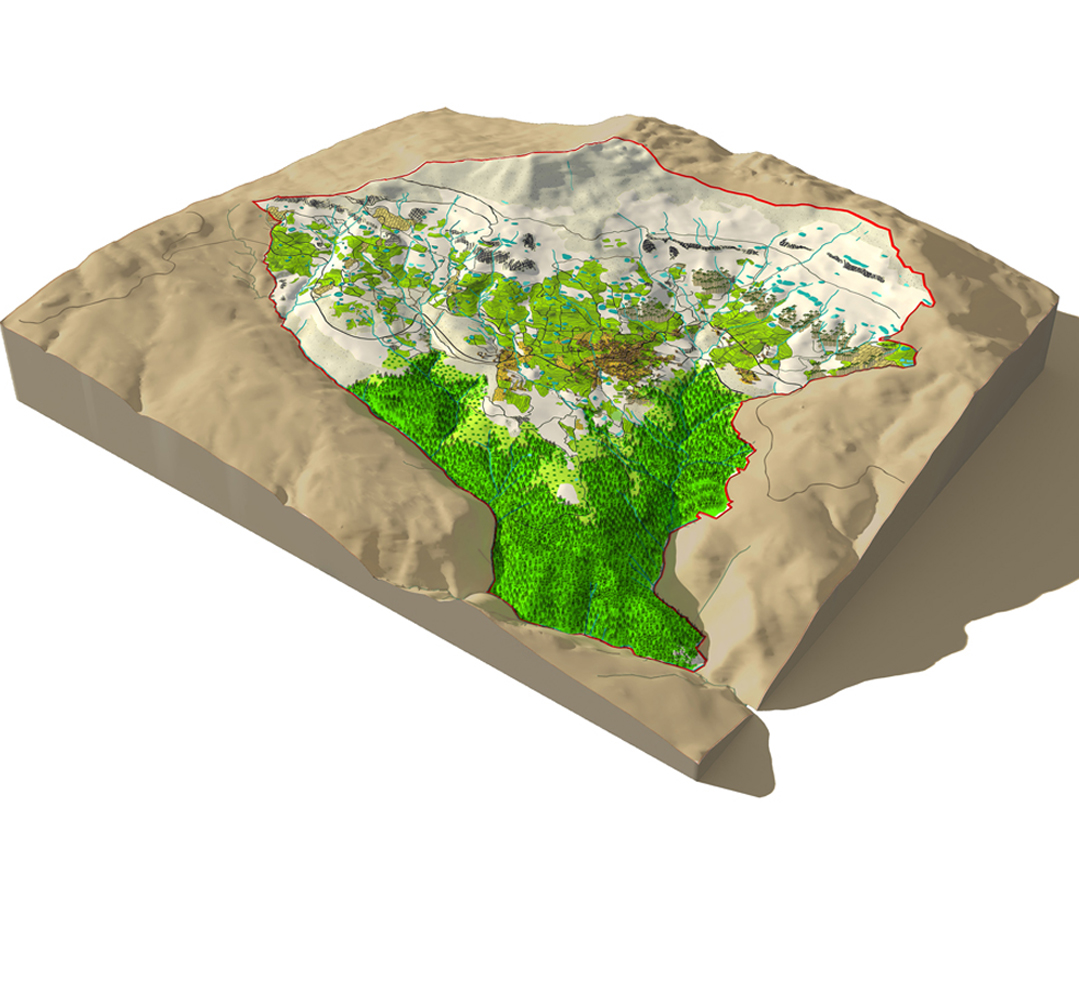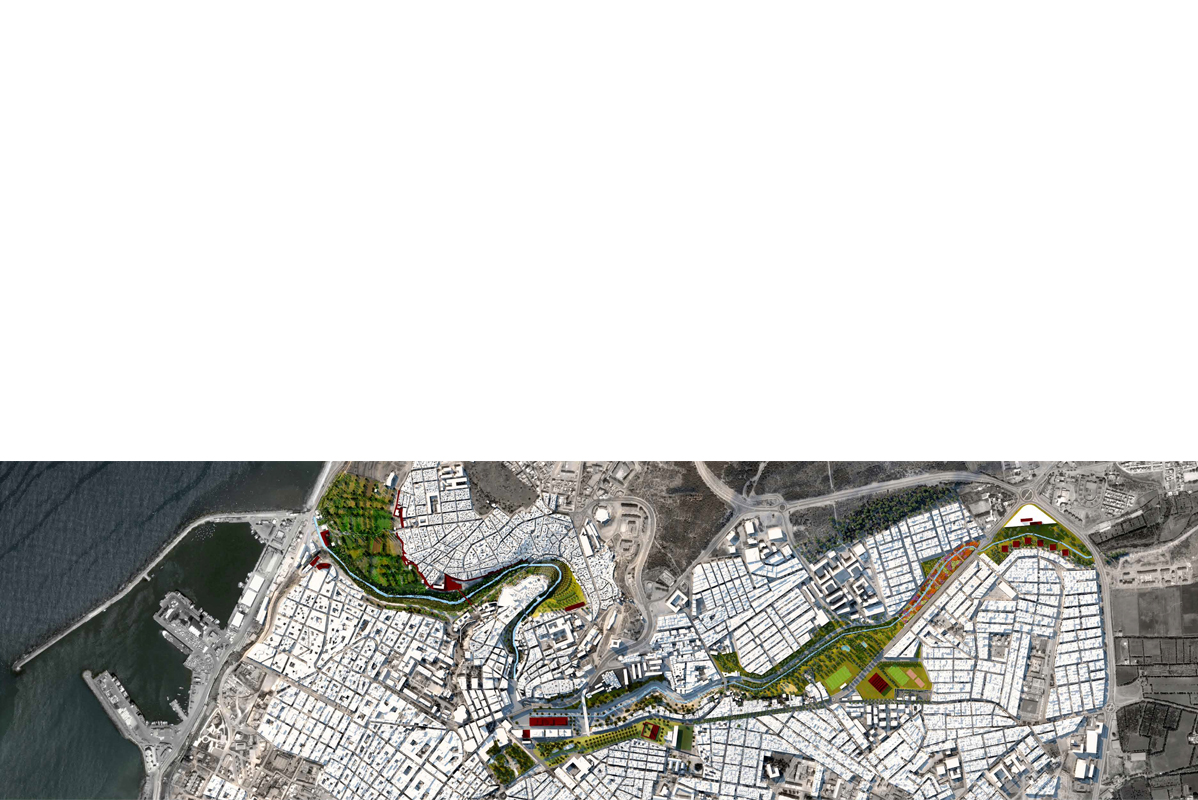Gallery



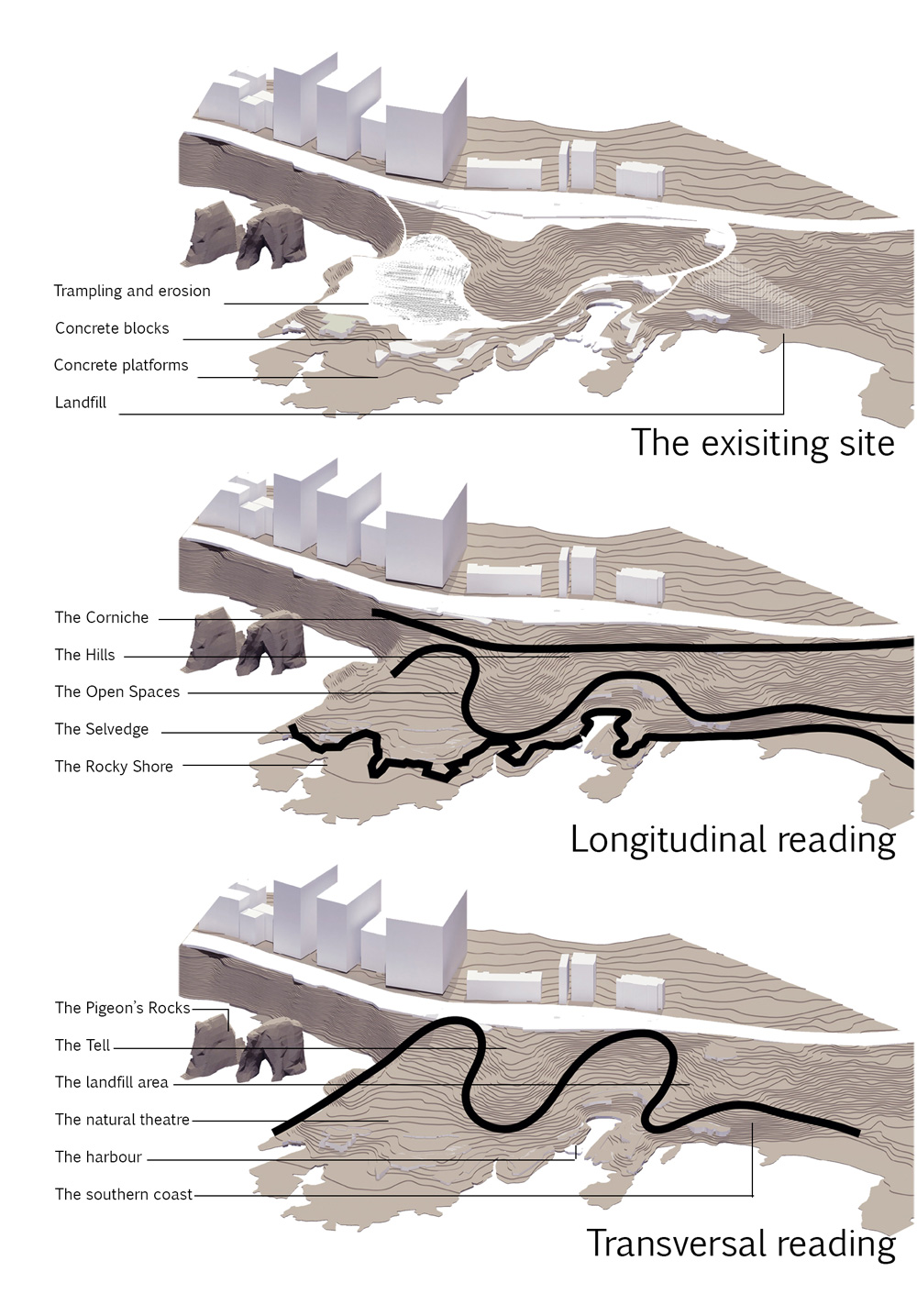

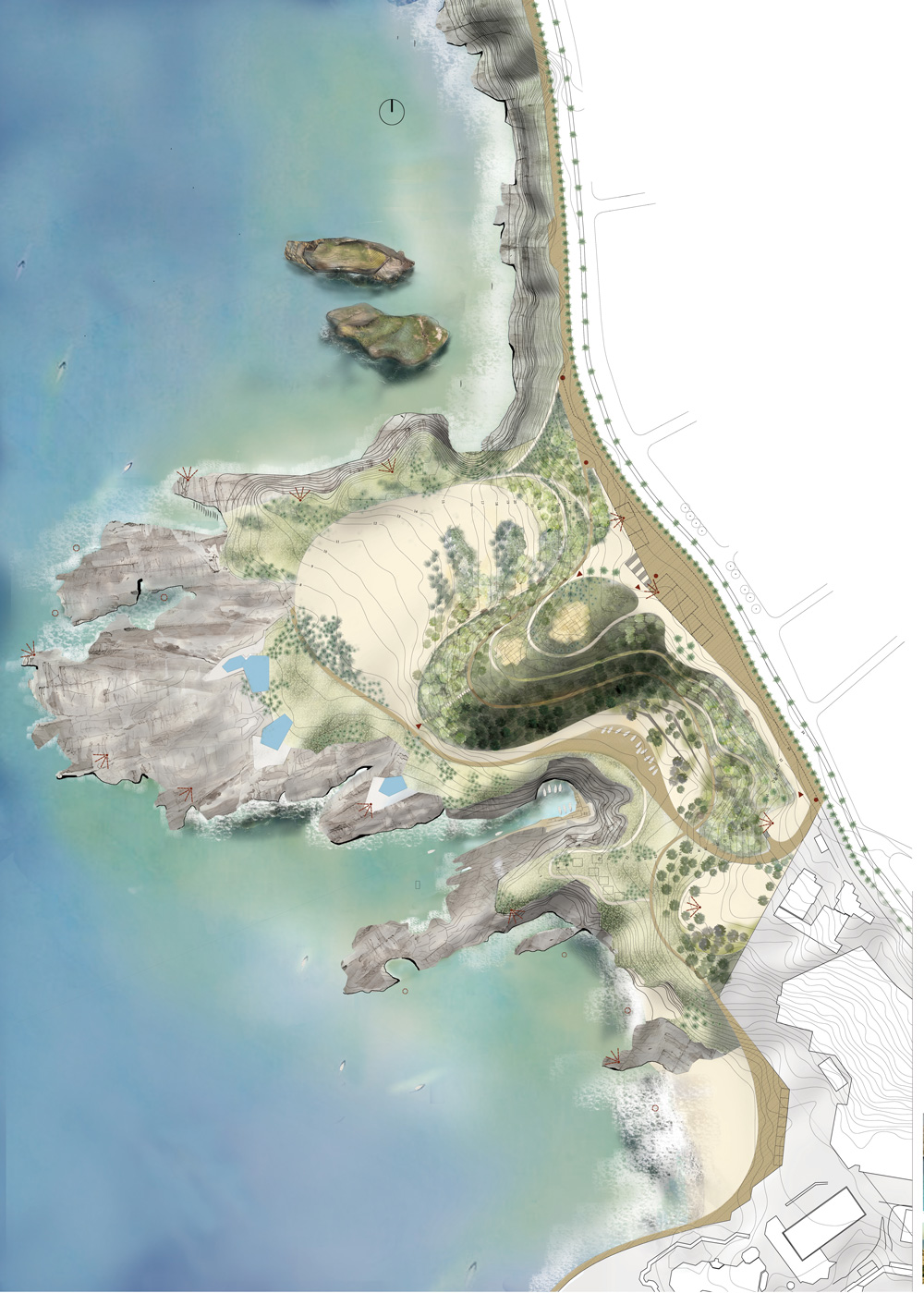

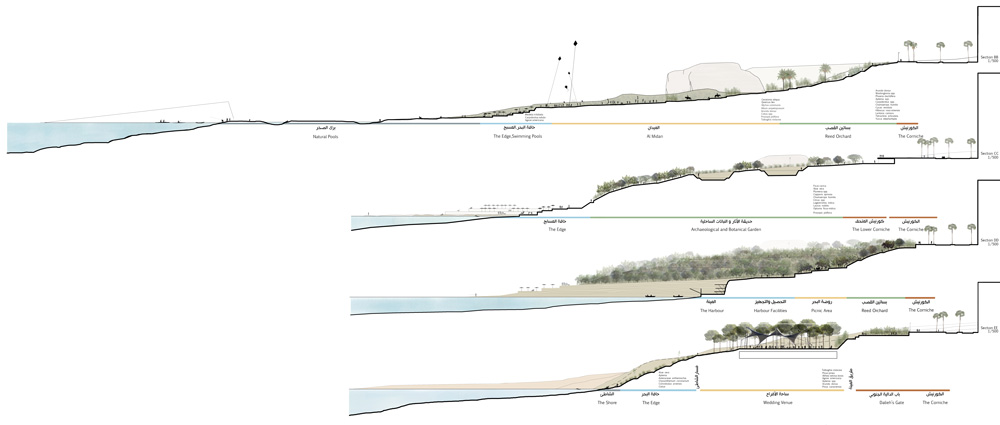
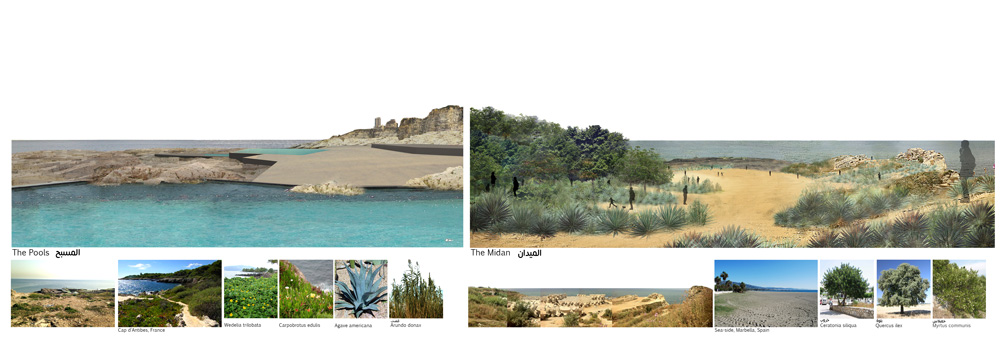
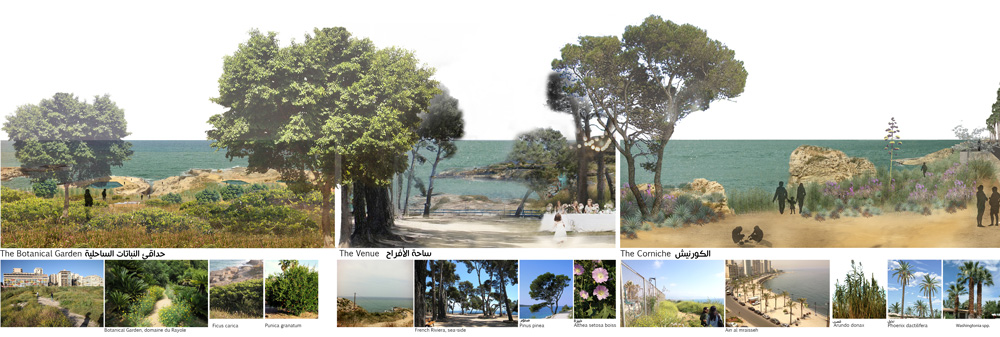
Project summary
|
In partnership with Nayla Geagea, and Cynthia Gharios Shortlisted project. Bahr, Sakhret el Hamam, Sakhret el Bahr, (the sea, the rock of the dove, the rock of the sea), the names of the real estate companies that hold the property rights to Dalieh originate in entities that can never be owned. The sea, and its rocks, by definition, belongs to all; as for doves, they are free. According to the spirit of Beirut’s first urban plan, the maritime public realm extended to all areas beyond the seafront Corniche. Consequently the Dalieh, as it name indicates, is nothing but an unreasonably lengthy part of land infringing on the limits of the city. It is and should remain a field of freedom. Dalieh is one of many places anchored in history that are presently at stake. It is also the best standpoint in Beirut from which to view the sunset. Then, what is the price of the sunset in Beirut? Do we deserve it? And most of all can we afford to lose it? If the window of Dalieh is closed, what would be lost, beyond a certain art de vivre, is the attractiveness of the city in relation to the world. In the neoliberal economy, building rights are like other goods, exchangeable. To save the patrimonial value of the Dalieh, according to the 1939 and 2008 laws referring to the protection of landscapes and cultural properties, the built-up area of Dalieh could be transferred to any seaside lot in Ras Beirut or Solidere. This operation is free of charge for the community. We propose to consolidate the landscape assets of the site and to restore the damaged area, then to reuse the vernacular footprint to implement the new services and transform Dalieh into a public park, a Muntazah circumscribed between the edge of the city and the edge of the three gathering spaces for celebrations and events in addition to a botanical garden, while keeping the public bath and the traditional fishing port. |



